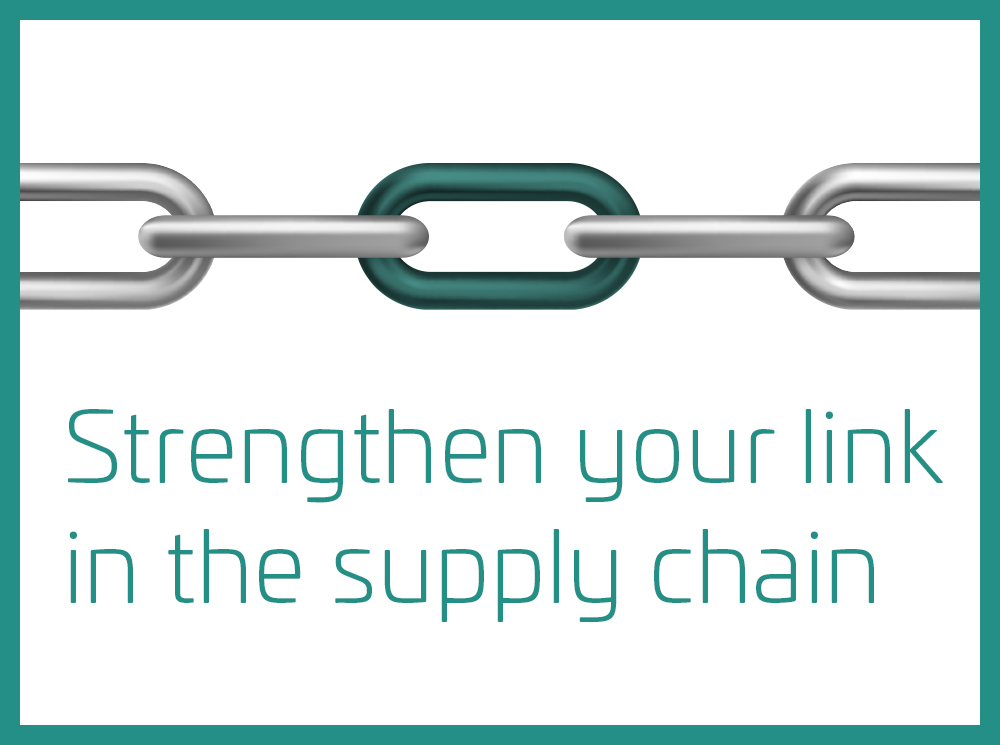We use our lack of legacy processes and liabilities to take a proactive, data-driven approach to developing the right cover, for the right clients.
This means we actively look for gaps in cover between sub-classes, and offer products or wording to sit across them. We remove those gaps and transfer the risk, rather than it sitting with you, the client or broker.
We’re also on the front foot with our clients, brokers and the wider market. For example, just because the market ascribes a certain value to a risk, doesn’t mean that’s its value.
We use Convex’s unique data and analytics platform to test what our 50 years of combined experience tells us. By comparing the risk with other, similar ones, we can develop our own view, backed by relevant data. As a result, we can be price givers, not price takers – and our clients and brokers can trust we’ve arrived at the right number.
























